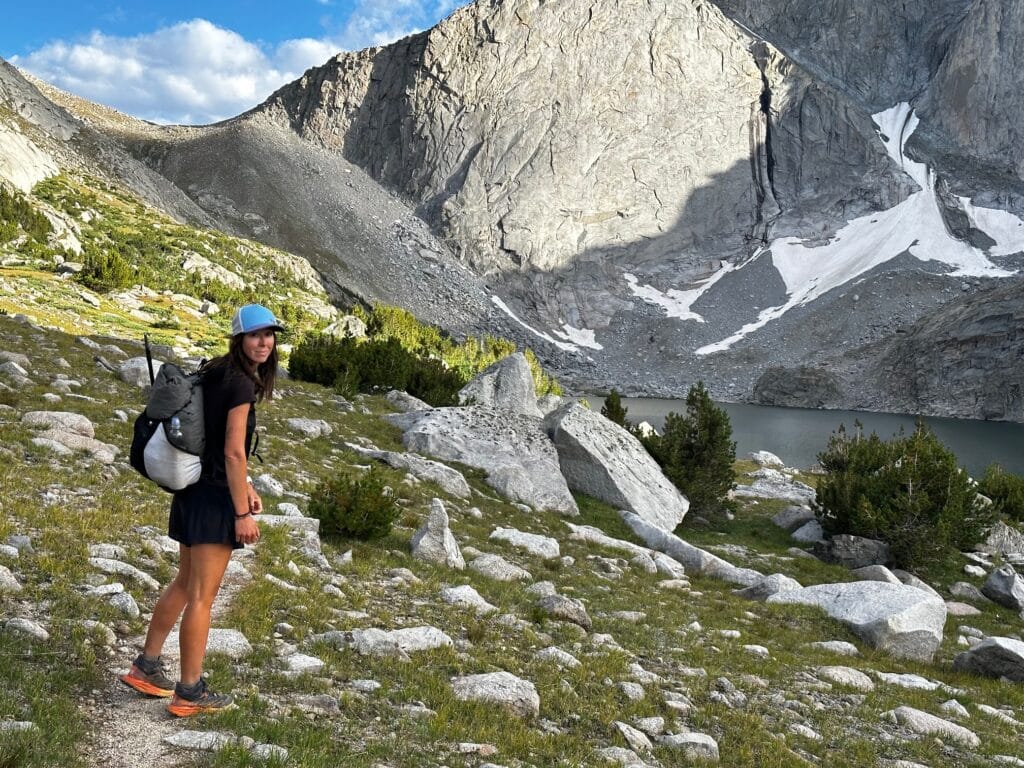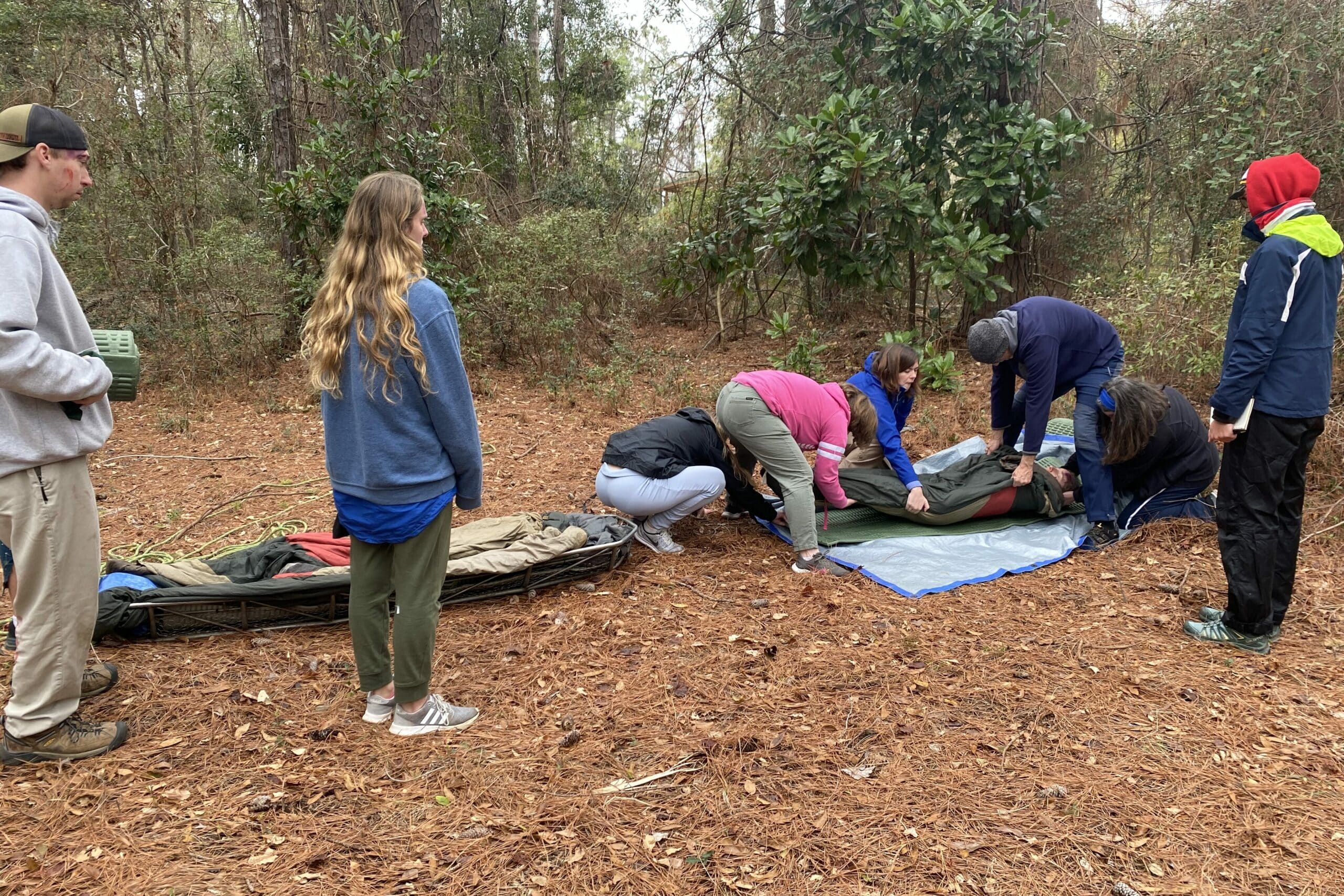Meet the NCOAE Student: Tina Haver Currin, WEMT
Student ProfilesTina Currin’s dance card remains full after completing our 27-day Hybrid Wilderness EMT course this past March. For starters, Tina is currently wrapping up the Triple Crown of American long-distance hiking. In fact, she’s about 1,600 miles into the Continental Divide Trail, which runs the length of the Rockies — from Canada to Mexico.

“I should be done in about a month, by which point I’ll have hiked more than 10,000 miles on National Scenic Trails across the USA,” she recently told us. We should note that traversing the Divide isn’t the first of her long-distance backpacking rodeos. Tina’s also tackled the Appalachian & Pacific Crest Trails, as well as major trail systems in Arizona, Florida and throughout New England.
Depending on the season, Tina is a freelance writer, National Park Service (NPS) Ranger, and a long-distance backpacker. She’s worked as a ski liftie, spent a summer season guiding cave tours, and organized large-scale charity events and bike races.
Professionally, Tina has created content for the NPS’ social media accounts and currently contributes articles to NPS.gov. She also writes blog posts and conducts product testing for Hyperlite Mountain Gear and Nashville Pack and Equipment Company. And she occasionally contributes what she terms “grainy photographs” to Outside Magazine.
Why Tina Chose NCOAE’s W-EMT Course
So, with a schedule that makes her feel “like a strange assemblage of a zillion somewhat-related skills stuffed inside a hiker’s body,” why did this backcountry wonder carve out a full month of time for NCOAE’s intensive W-EMT training program?
Tina said the reason she signed up for the (more…)
New Thinking about How to Handle Spinal Injuries in Remote Wilderness Settings
Wilderness Medicine TrainingBest practices for evaluating and transporting patients with potential spinal fractures or spinal cord injuries is a hot topic in emergency medicine. And it’s no wonder. All of us who work in the adventure programming and emergency medical services field fervently want to avoid causing or worsening a potentially catastrophic injury to someone’s spinal cord.
As such, and for many decades, EMS officials dogmatically insisted that “immobilizing” patients with potential spine injuries was the best protection from further harm. Protocol demanded rigid backboards, cervical collars, head blocks, and yards of tape and straps to prevent someone who is injured from moving. However, new research suggests this is not only ineffective, but quite likely harmful.

Immobilization Dismissed as the Tool of Choice for Patient Transport
Anyone suffering a spinal injury could have a spinal fracture. And that fracture could be unstable. So, if your client (i.e., patient in this case) moved even a little bit (like turning their head), that unstable spinal fracture could slide around and cause spinal cord injury. And that spinal cord injury could cause them to be paralyzed forever.
The Old School solution was to prevent them from moving on their own. Only let trained first responders (including outdoor educators, field instructors, and guides who are certified in wilderness medicine) lift/move the injured patient. Immobilize them to a rigid device — essentially a full-body splint — and get them out of the backcountry and to a hospital.
Upon what was this edict based? Essentially nothing. A few case reports that, on closer scrutiny, don’t indicate any (more…)
TALK TO US
Have any further questions about our courses, what you’ll learn, or what else to expect? Contact us, we’re here to help!